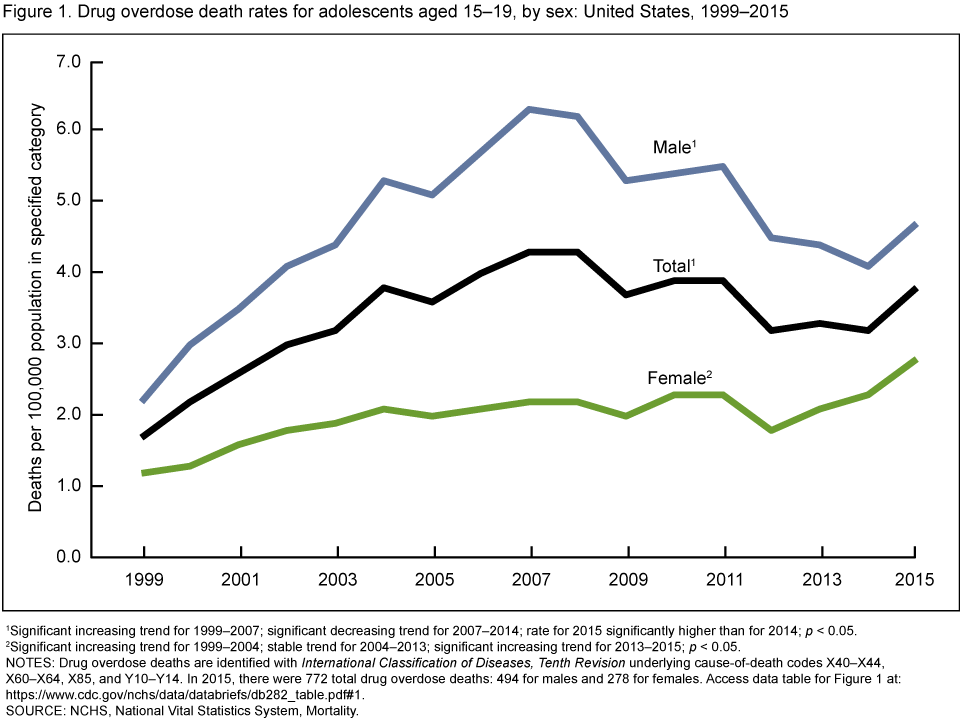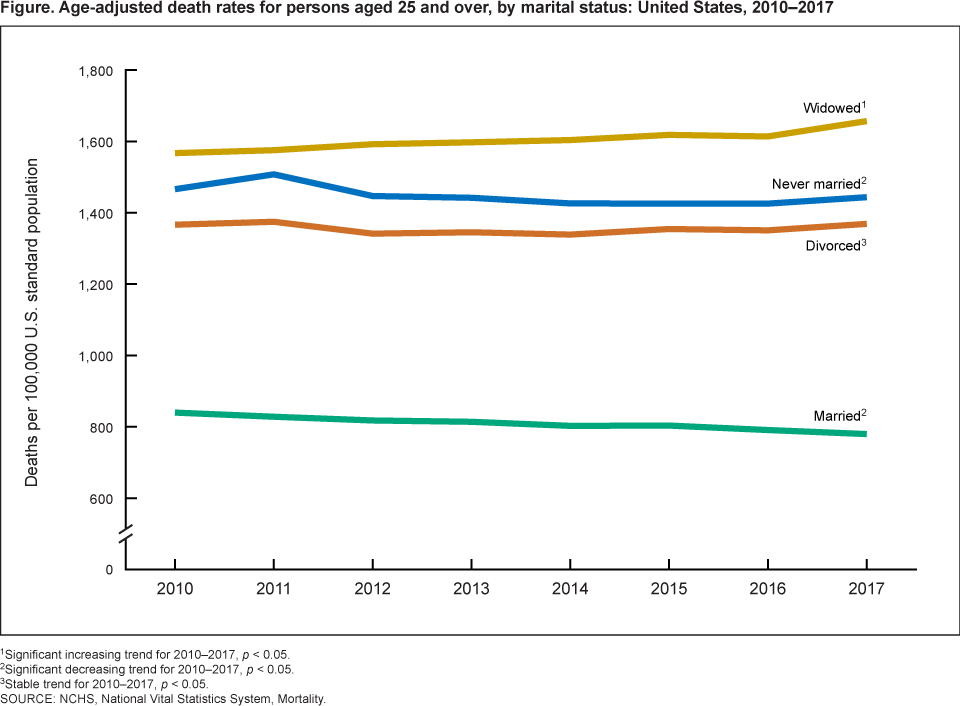Table of Content
- IV. Proposed Provisions of the Home Health Value-Based Purchasing (HHVBP) Model
- for 101 CMR 350.00: Rates for Home Health Services
- B. General Considerations Used for the Selection of Quality Measures for the HH QRP
- CMR 403.000: Home Health Agency
- Home-Based Care Growth Plans and Financial Health
- Home Health Agency Manual for MassHealth Providers
As illustrated in Table 31, the combined effects of all of the changes vary by specific types of providers and by location. This analysis incorporates the latest estimates of growth in service use and payments under the Medicare HH benefit, based primarily on Medicare claims data from 2015. We note that certain events may combine to limit the scope or accuracy of our impact analysis, because such an analysis is future-oriented and, thus, susceptible to errors resulting from other changes in the impact time period assessed. Some examples of such possible events are newly-legislated general Medicare program funding changes made by the Congress, or changes specifically related to HHAs. In addition, changes to the Medicare program may continue to be made as a result of the Affordable Care Act, or new statutory provisions.

For each of the proposed measures, we applied consistent models where feasible to develop their definitions, other technical specifications and approach to risk-adjustment. We also intend to continue to monitor the reliability and validity of the HHQRP measures, including whether the measures are reliable and valid for cross-setting purposes. One commenter “cautiously supports” the proposal to provide each HHA with its payment adjustment percentage no later than 30 calendar days before the payment adjustment is applied to allow extra time for the appeals process to take place. While the commenter supports more time for HHAs to receive their payment adjustment reports so that they can operationalize the payment adjustments, it stated that it understands this balances additional time for the appeals process.
IV. Proposed Provisions of the Home Health Value-Based Purchasing (HHVBP) Model
As stated earlier, an episode's estimated cost is determined by multiplying the national wage-adjusted per-visit payment amounts by discipline by the number of visits by discipline reported on the home health claim. An episode's estimated cost is then used to determine whether an episode will receive an outlier payment and the amount of the outlier payment. Analysis of CY 2015 home health claims data indicates that there is significant variation in the visit length by discipline for outlier episodes. Those agencies with 10 percent of their total payments as outlier payments are providing shorter but more frequent skilled nursing visits than agencies with less than 10 percent of their total payments as outlier payments . Section 1899B of the Act requires that the MSPB-PAC measures be adjusted for the factors described under section 1886 of the Act, which include adjustment for factors such as age, sex, race, severity of illness, and other factors that the Secretary determines appropriate.
The IMPACT Act, we are moving toward the goal of collecting standardized patient assessment data for functional status across PAC settings. Once standardized functional status data become available across settings, it is our intent to use these data to assess patients' functional gains during their PAC stay, and to examine the relationship between functional status, discharge destination, and patients' ability to discharge to community. As we examine these relationships between functional outcomes and discharge to community outcomes in the future, we will assess the feasibility of leveraging these standardized patient assessment data to incorporate functional outcomes into the discharge to community measure in all PAC settings. Standardized cross-setting patient assessment data will also allow us to examine interrelationships between the quality and resource use measures in each PAC setting, to understand how these measures are correlated. We intend to provide initial confidential feedback to home health agencies, prior to the public reporting of this measure, based on Medicare FFS claims data from discharges in CYs 2015 and 2016.
for 101 CMR 350.00: Rates for Home Health Services
Provide a formal response to the HHA contact, using the contact information provided in the recalculation request, notifying the HHA of the outcome of the review and recalculation process. Rule to calculate benchmark and achievement thresholds at the state level, rather than at the state and cohort-size level. We also performed a similar analysis with the achievement thresholds and compared how the individual benchmarks and achievement thresholds would fluctuate from one year to the next for the smaller-volume cohorts, larger-volume cohorts and the state level cohorts.

We applied a wage index budget neutrality factor and a case-mix weights budget neutrality factor to the rates as discussed in section III.C.3 of this proposed rule. The $180 million in decreased payments is reflected in the last column of the first row in Table 36 as a 1.0 percent decrease in expenditures when comparing CY 2016 payments to estimated CY 2017 payments. As required by section 3131 of the Affordable Care Act, and finalized in the CY 2014 HH PPS final rule , we are implementing the final year of the 4-year phase-in of the rebasing adjustments to the national, standardized 60-day episode payment amount, the national per-visit rates and the NRS conversion factor in section III.C.3. In addition, in section III.C.3 of this rule, we are implementing a reduction to the national, standardized 60-day episode payment rate in CY 2017 of 0.97 percent to account for estimated case-mix growth unrelated to increases in patient acuity (that is, nominal case-mix growth) between CY 2012 and CY 2014. Section III.A of this proposed rule discusses our efforts to monitor for potential impacts due to the rebasing adjustments mandated by section 3131 of the Affordable Care Act. Table 32 displays our analysis of the distribution of possible payment adjustments at the 3-percent, 5-percent, 6-percent, 7-percent, and 8-percent rates that are being used in the Model using the 2013 and 2014 OASIS measures, hospitalization measure and Emergency Department measure from QIES, and Home Health CAHPS data.
B. General Considerations Used for the Selection of Quality Measures for the HH QRP
Those that do not meet the inclusion criteria in this systematic literature review will be excluded. The selection process will be presented through a PRISMA flowchart with the screening results in the different phases. The primary outcome will be to verify which health person-centered care interventions for older adults and their caregivers exist. Older adults present distinct characteristics, for example, in the prevalence of multimorbidity that requires various supports from different areas, with the involvement of several professionals, which can promote fragmentation of care .
This proposed measure assesses whether PAC providers were responsive to potential or actual clinically significant medication issue when such issues were identified. Specifically, the proposed quality measure reports the percentage of patient episodes in which a drug regimen review was conducted at the start of care or resumption of care and timely follow-up with a physician occurred each time potential clinically significant medication issues were identified throughout that episode. For this proposed quality measure, a drug regimen review is defined as the review of all medications or drugs the patient is taking in order to identify potential clinically significant medication issues.
CMR 403.000: Home Health Agency
This proposed quality measure utilizes both the processes of medication reconciliation and a drug regimen review in the event an actual or potential medication issue occurred. The proposed measure informs whether the PAC agency identified and addressed each clinically significant medication issue and if the agency responded or addressed the medication issue in a timely manner. Of note, drug regimen review in PAC settings is generally considered to include medication reconciliation and review of the patient's drug regimen to identify potential clinically significant medication issues.
Comments mailed to the addresses indicated as appropriate for hand or courier delivery may be delayed and received after the comment period. To be assured consideration, comments must be received at one of the addresses provided below, no later than 5 p.m. Executive Orders and direct agencies to assess all costs and benefits of available regulatory alternatives and, if regulation is necessary, to select regulatory approaches that maximize net benefits . Are “No Publicity” patients, defined as patients who on their own initiative at their first encounter with the HHAs make it very clear that no one outside of the agencies can be advised of their patient status, and no one outside of the HHAs can contact them for any reason. /Medicare/Quality-Initiatives-Patient-Assessment-Instruments/Post-Acute-Care-Quality-Initiatives/IMPACT-Act-of-2014/IMPACT-Act-Downloads-and-Videos.html.
Medication reconciliation is a process of reviewing an individual's complete and current medication list. Medication reconciliation is a recognized process for reducing the occurrence of medication discrepancies that may lead to Adverse Drug Events . Medication discrepancies occur when there is conflicting information documented in the medical records. These include the HHS Agency for Healthcare Research and Quality's (AHRQ's) Prevention Quality Indicators, approaches developed by MedPAC, and proprietary approaches, such as the 3M algorithm for Potentially Preventable Readmissions.
For example, the MSPB-PAC LTCH QRP risk adjustment model uses MS-LTC-DRGs and Major Diagnostic Categories and the MSPB-PAC IRF QRP model includes Rehabilitation Impairment Categories . The HH and SNF settings do not have analogous variables that directly reflect a patient's clinical profile. The MPSB-PAC HH QRP measure is a payment-standardized, risk-adjusted ratio that compares a given HHA's Medicare spending against the Medicare spending of other HHAs within a performance period. Similar to the hospital MSPB measure, the ratio allows for ease of comparison over time as it obviates the need to adjust for inflation or policy changes.
We also propose to provide this preview report using the Certification and Survey Provider Enhanced Reporting System because HHAs are familiar with this system. The CASPER preview reports for the reporting quarter would be available after the 4.5 month review and correction period ends, and would be refreshed quarterly or annually for each measure, depending on the length of the reporting period for that measure. We propose to give HHAs 30 days to review this information, beginning from the date on which they can access the preview report. Corrections to the underlying data would not be permitted during this time; however, HHAs would be able to ask for a correction to their measure calculations during the 30-day preview period. If we determine that the measure, as it is displayed in the preview report, contains a calculation error, we would suppress the data on the public reporting Web site, recalculate the measure and publish the corrected rate at the time of the next scheduled public display date. If finalized, we intend to utilize a subregulatory mechanism, such as our HH QRP Web site, to explain the technical details for how and when providers may contest their measure calculations.
The measure informs whether the PAC agency identified and addressed each clinically significant medication issue and if the agency responded or addressed the medication issue in a timely manner. The proposed measure, Potentially Preventable 30-Day Post-Discharge Readmission Measure for HH QRP, assesses potentially preventable readmission rates while accounting for patient demographics, principal diagnosis in the prior hospital stay, comorbidities, and other patient factors. While estimating the predictive power of patient characteristics, the model also estimates an agency-specific effect, common to patients treated in each agency.
Rule
OASIS assessments submitted for episodes beginning on July 1 of the calendar year 2 years prior to the calendar year of the Annual Payment Update effective date and ending June 30 of the calendar year one year prior to the calendar year of the APU effective date; fulfill the OASIS portion of the HH QRP requirement. We invite public comment on our proposal to adopt the quality measure, Drug Regimen Review Conducted with Follow-Up for Identified Issues—PAC HH QRP for CY 2018 APU determination and subsequent years. Therefore, based on the evidence discussed above, we are proposing to adopt the quality measure entitled, Drug Regimen Review Conducted with Follow-Up for Identified Issues-PAC HH QRP, for the HH QRP for CY 2018 payment determination and subsequent years. The measure cohort includes Medicare FFS beneficiaries with a HHA treatment period ending during the data collection period.


No comments:
Post a Comment